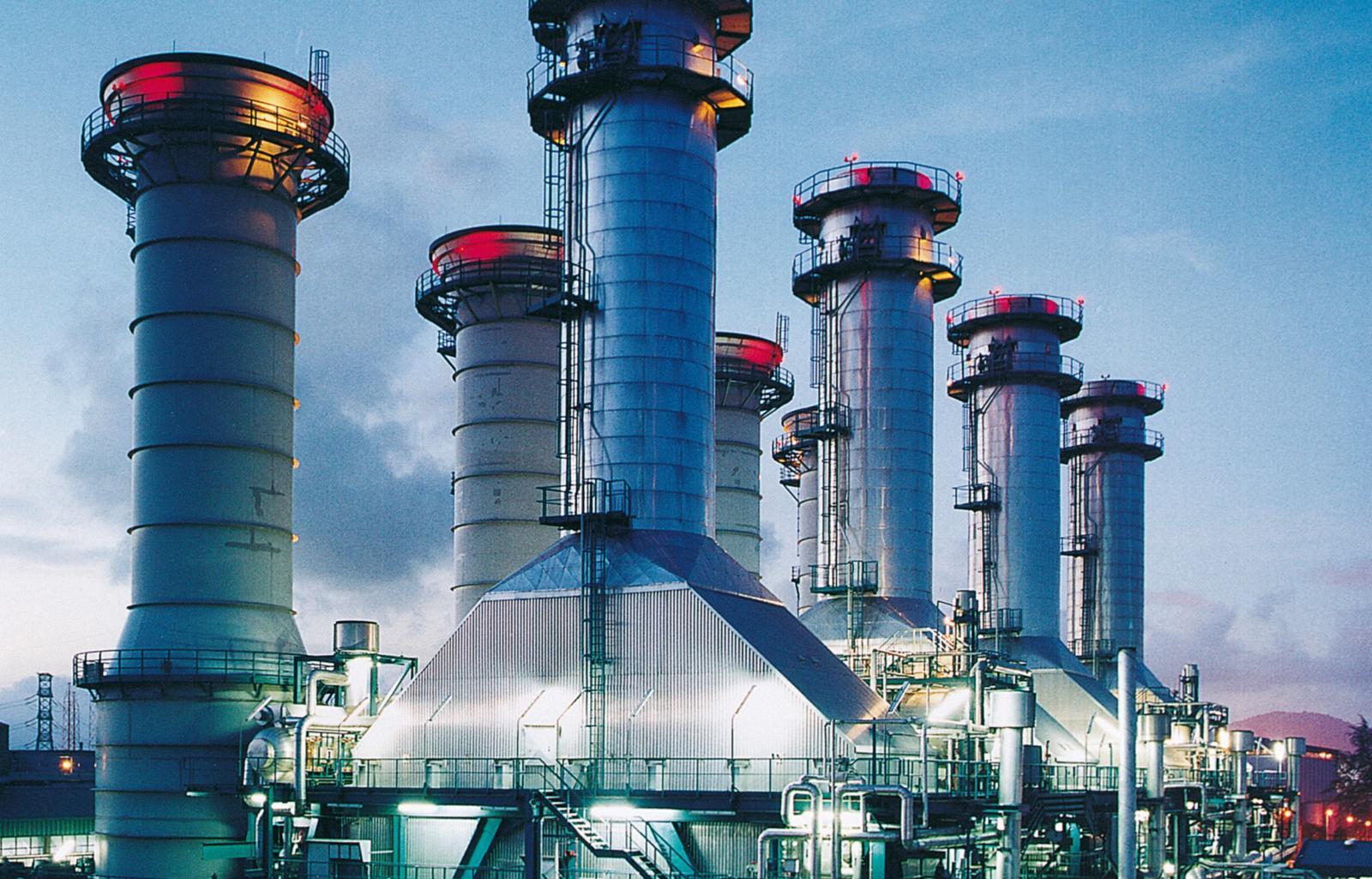Bag Filters
Bag filters, also called fabric filters, consist of a porous filtering medium enclosed in a pressure vessel. Popular materials for bag filters include polytetrafluoroethylene (PTFE), polypropylene (PP), and polyester. They are effective at capturing fine dust and are commonly used in dust collection systems for processing applications like cement, mining, and food. Bag filters can capture particles down to 1 micron in size.
Cartridge Filters
Cartridge filters contain many small diameter filter cartridges bundled together within a housing. The cartridges are made from similar materials as bag filters and remove particles through direct interception and inertial impaction. Cartridge filters are a versatile option that can handle high flow rates for applications like compressed air, paint booths, water treatment, and fuels. Removal ratings range from 1-100 microns.
Panel Filters
Panel filters comprise a rigid filter media enclosed in a filter frame. The self-supporting media, such as sintered metals or ceramics, can tolerate higher pressures and temperatures than bag or cartridge filters. Commonly used in gas turbine inlet air filtration to protect compressors, panel filters can remove particles as small as 5 microns.
Other Industrial Filter Types
Additional Industrial Filter varieties include depth filters, pleated filters, HEPA filters, and porous ceramic and sintered metal filters. Depth filters utilize a thick capturing layer to remove particles through sieving and absorption. Pleated filters offer a high surface area in a compact space and are used in HVAC and liquids. HEPA filters reliably capture 99.97% of particles 0.3 microns or larger, making them ideal for cleanroom environments.
Filtration System Design
Proper system design considers factors like flow rates, pressures, temperature extremes, and wet versus dry applications. Closed loop systems isolate the filter element from environmental conditions for consistent performance. Open systems require rain caps, wind caps, and sealing elements to protect the filter.
Additional key design elements include filtration housings, filter media supports, fastening mechanisms, porting connections, and lifting lugs. A variety of sealing methods ensure leak-proof operation, from static O-ring seals to dynamic sealing like edge loading, centerloading, or energized sealing. Automated pulse jet, reverse air, and shaker systems effectively clean bag and cartridge filters to maximize service life.
Control panels integrated with flow meters, pressure gauges, and differential pressure sensors monitor filtration performance. Programmable logic controllers regulate cleaning sequences and alert operators when elements need changing. Skid mounting industrial filters as self-contained units streamlines installation at process sites.
Dust Collection Systems
Removing dust and airborne particles generated during manufacturing processes prevents fires, corrosion, and contamination. Dust collection systems use bag, cartridge, or panel filters to purify exhaust air before releasing it outside. A fan or blower creates the suction to pull dusty air through ductwork to the filter housing inlet.
Common manufacturing applications serviced by dust collection include woodworking, metalworking, coal handling, chemical production, cement and asphalt plants, and grain processing facilities. Cartridge pre-filters extend bag filter life by catching larger particles. Multiple filter chambers allow continuing operation during cleaning of individual elements. Rain hoods prevent dust buildup on bag exteriors during rainy conditions.
Get more insights on Industrial Filter



